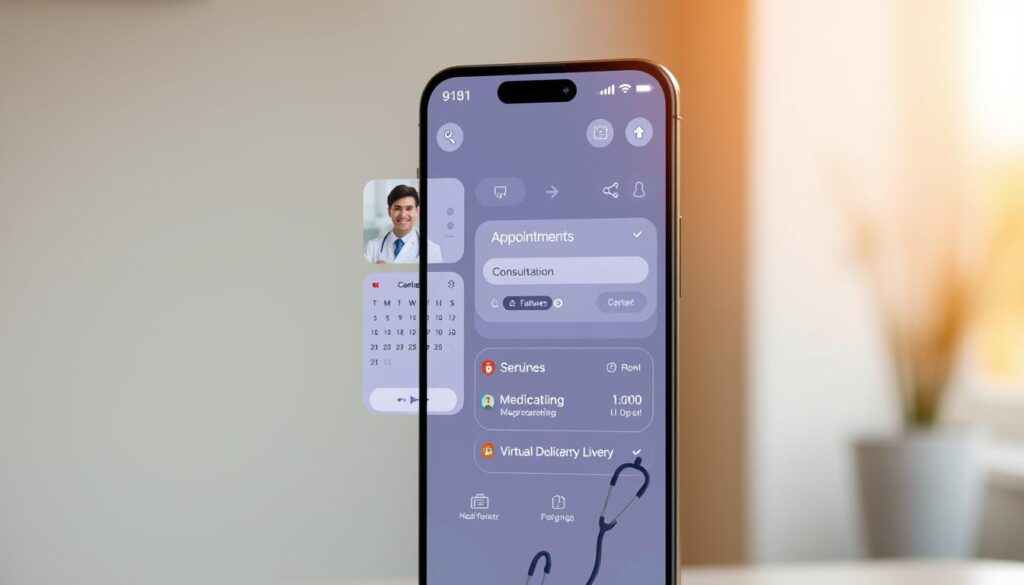
Introduction
The rise of ride-hailing apps in Dubai, exemplified by Hala Taxi, presents significant opportunities for app developers. This article examines the cost factors involved in creating such an app, with a focus on the technical aspects and challenges that developers will encounter. It provides insights into feature implementation, design considerations, and the development process, all crucial for success in Dubai’s competitive market.
Understanding the Cost: A Developer’s Perspective
While the estimated cost to build a taxi booking app like Hala Taxi ranges from $35,000 to $400,000 (AED128,000 – AED1,469,000), developers need a deeper understanding of how complexity translates to actual development effort and cost.
- Basic App (AED 128,000–367,000):
- Focus: Core functionality – User/Driver registration, GPS tracking, booking, basic payments.
- Developer Challenges: Efficient GPS integration, secure data handling, streamlined UI for essential tasks. Choosing the right tech stack to balance cost and performance.
- Mid-Level App (AED 400,000–918,000):
- Focus: Enhanced User Experience – Multiple payment gateways, real-time notifications, data analytics, loyalty programs.
- Developer Challenges: Integrating diverse payment APIs, developing scalable notification systems, creating insightful data dashboards, and ensuring seamless feature integration.
- Advanced App (AED 920,000–1,469,000):
- Focus: Competitive Features – AI-driven optimization, multi-language support, predictive analytics, dynamic pricing.
- Developer Challenges: Implementing AI algorithms for routing/pricing, handling localization complexities, ensuring scalability for a large user base, and maintaining high performance under load.
Key Features: Technical Deep Dive

Here’s a developer-focused breakdown of essential features:
- User Login and Profile Management:
- Tech Considerations: Secure authentication (OAuth, JWT), database design for user profiles, handling Personally Identifiable Information (PII) securely.
- Ride Booking:
- Tech Considerations: Real-time GPS integration (Google Maps API, Mapbox), efficient algorithm for driver matching, handling concurrent requests.
- Real-Time Ride Tracking:
- Tech Considerations: WebSockets or Server-Sent Events (SSE) for real-time updates, optimizing GPS data transmission to minimize battery drain.
- [Also Read: How to Add Geo-Location Feature in a Mobile App] – (Link to relevant article on geolocation implementation)
- Driver Details:
- Tech Considerations: Secure storage of driver data, efficient retrieval and display of information.
- Ride Sharing:
- Tech Considerations: Complex algorithm for matching passengers with similar routes, recalculating fares dynamically.
- Multi-Payment Modules:
- Tech Considerations: Integration with payment gateways (Stripe, PayPal, local options), PCI compliance.
- [Also Read: Cost and Benefits of Creating a Payment gateway System] – (Link to relevant article on payment gateway development)
- Driver Ratings and Feedback:
- Tech Considerations: Database design for storing ratings, algorithms for calculating average ratings, moderation system for handling inappropriate feedback.
- Customer Support:
- Tech Considerations: Integration with customer support platforms (Zendesk, Freshdesk), in-app chat implementation.
- Trip History and E-Receipts:
- Tech Considerations: Secure storage of trip data, generating PDF receipts, email integration.
- Surge Pricing:
- Tech Considerations: Algorithm for calculating surge prices based on demand, clear communication of surge pricing to users.
- Multi-Language Support:
- Tech Considerations: Internationalization (i18n) and localization (l10n), storing translations in a database or configuration files.
- Safety Features:
- Tech Considerations: Emergency button integration with local emergency services, ride sharing with friends using SMS/social media APIs, background checks API integration.
- Advanced Booking Options:
- Tech Considerations: Scheduling system, handling time zones, sending reminders.
Design Guidelines: A Developer’s Perspective
- User-Centric Design: Separate UIs for passengers and drivers, focusing on their specific workflows.
- Intuitive Navigation: Clear information architecture, easy-to-use map interfaces.
- Brand Consistency: Adherence to brand guidelines, creating a consistent visual experience.
- Multilingual Support: Dynamic language switching, support for right-to-left languages (e.g., Arabic).
- Accessibility: Compliance with WCAG guidelines, providing alternative text for images, ensuring keyboard navigation.
- Optimized Maps: Efficient map rendering, minimal data usage, support for offline maps.
- Minimalist Approach: Clean UI, avoiding unnecessary clutter.
- Real-Time Feedback: Immediate visual cues for user actions, progress indicators.
- Mobile Optimization: Responsive design, optimized images, minimizing HTTP requests.
- Safety Features: Prominent display of safety features, clear communication of safety protocols.
- Streamlined Driver Interface: Easy access to ride requests, navigation, and earnings information.
Development Complexity: Key Considerations
- Multi-Platform Development: Native vs. cross-platform frameworks (React Native, Flutter). Trade-offs between performance and development speed.
- Real-Time Features: Choosing the right real-time technology (WebSockets, SSE, Firebase). Scaling real-time infrastructure.
- Robust Backend: Selecting appropriate backend technologies (Node.js, Python, Java). Database design and optimization.
- Advanced Algorithms: Developing efficient routing and matching algorithms.
- Third-Party Integrations: Integrating payment gateways, SMS providers, map APIs. Handling API rate limits and errors.
- Security and Compliance: Implementing secure authentication, data encryption, and complying with GDPR and local regulations.
- Scalability: Designing for scalability from the outset. Using cloud-based infrastructure and microservices architecture.
- Testing: Unit testing, integration testing, UI testing, and user acceptance testing.
- Localization: Supporting multiple languages and currencies.
- Continuous Updates: Implementing a CI/CD pipeline for automated testing and deployment.
The Development Team: Essential Roles
- Project Manager: Oversees the entire project, manages timelines, and ensures communication.
- UI/UX Designer: Designs the user interface and user experience.
- Frontend Developers: Develop the user-facing part of the application (iOS and Android).
- Backend Developers: Develop the server-side logic and APIs.
- Database Administrator: Manages the database and ensures data integrity.
- QA Testers: Test the application for bugs and ensure quality.
- DevOps Engineer: Manages the infrastructure and ensures smooth deployment.
- Security Expert: Implements security measures to protect the application from vulnerabilities.
Technology Stack: Key Components
- Frontend: React Native, Flutter, Swift (iOS), Kotlin/Java (Android)
- Backend: Node.js, Ruby on Rails, Python (Django/Flask), Java (Spring)
- Database: PostgreSQL, MySQL, MongoDB, Firebase
- Real-time: Socket.IO, Firebase Realtime Database
- Maps: Google Maps API, Mapbox
- Payments: Stripe, PayPal, Razorpay, Braintree
- Cloud: AWS, Azure, Google Cloud
- Notifications: Firebase Cloud Messaging (FCM), OneSignal
Development Process: A Structured Approach
- Research and Planning: Define scope, features, and target audience.
- Conceptualization and Prototyping: Create wireframes and interactive prototypes.
- UI/UX Design: Design the user interface and user experience.
- Development: Develop the frontend and backend of the application.
- Testing and Quality Assurance: Test the application for bugs and ensure quality.
- Deployment: Deploy the application to the app stores.
- Post-Launch Support and Maintenance: Provide ongoing support and maintenance.
Conclusion
Developing a successful ride-hailing app like Hala Taxi in Dubai requires a deep understanding of the technical challenges and opportunities. By focusing on efficient code, robust architecture, and a well-defined development process, developers can create a compelling and competitive product in this dynamic market.





